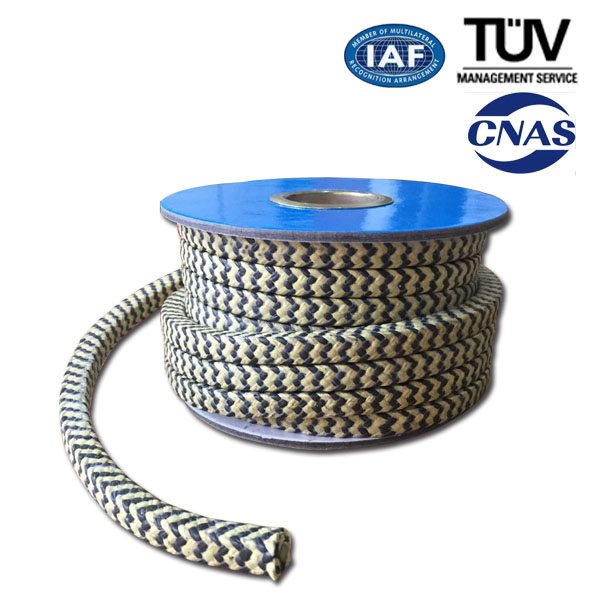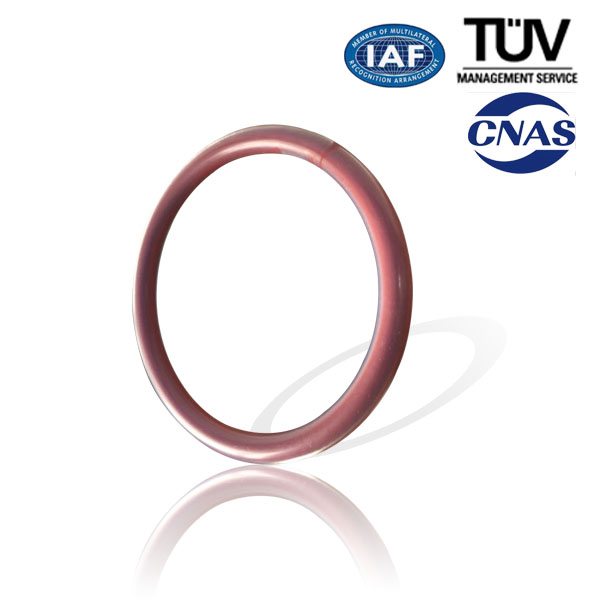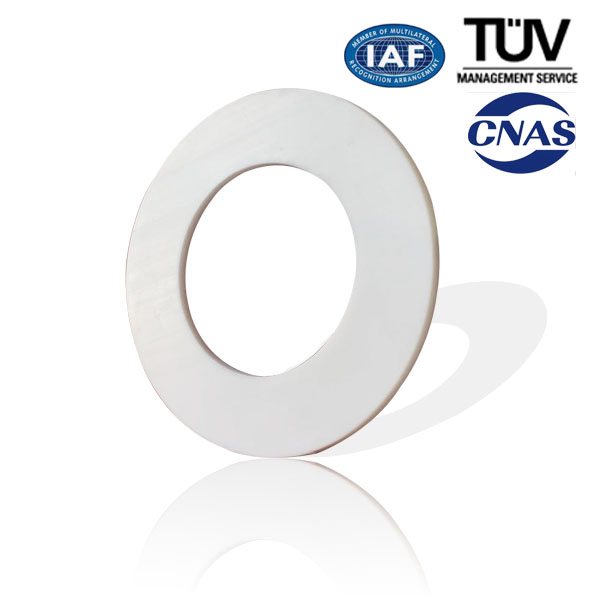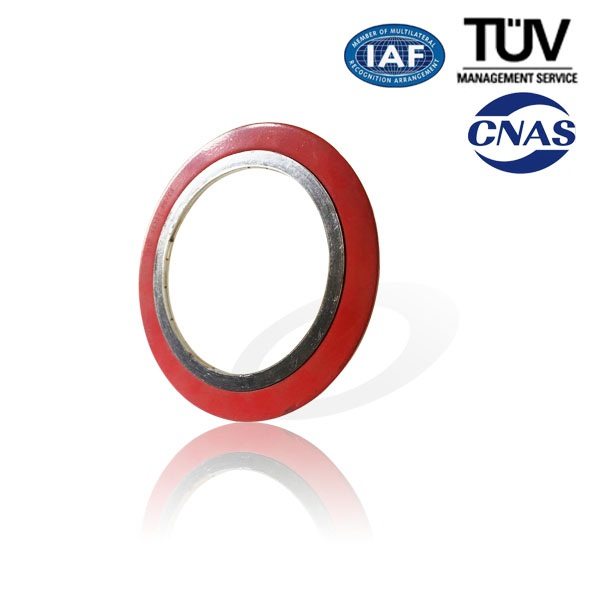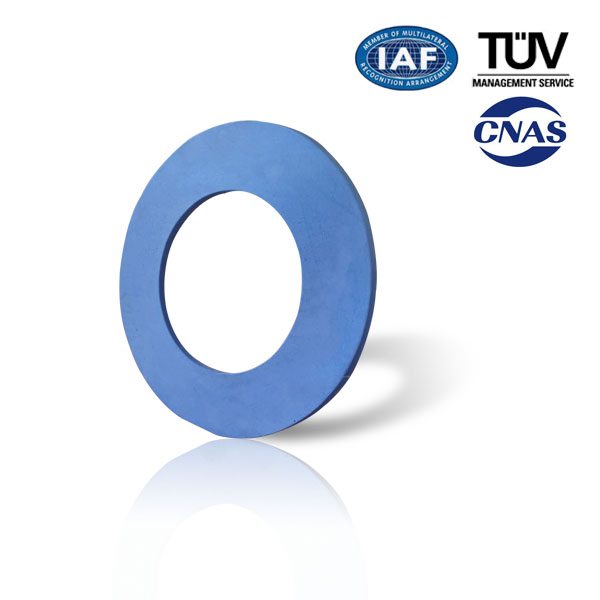New Fashion Design for Die Formed Graphite Ring to Jakarta Factories
New Fashion Design for Die Formed Graphite Ring to Jakarta Factories Detail:
Die formed graphite packing ring is made of pure flexible graphite ,or Graphite with inconel /SS316/Brass wire reinforced.
Performance and Features
- Perfect self lubricant performance.
- High elasticity coefficiency.
- Scope of Application
Working temperature:~200~400℃(200~800℃ under non-oxidation atmosphere)
Working pressure:≤35MPa
Density:1.4 ~ 1.6 g/cm3
Product detail pictures:
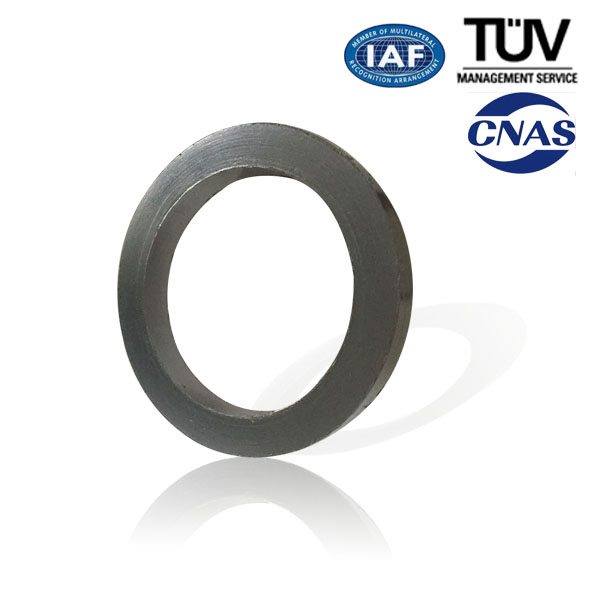
Related Product Guide:
What Is A PTFE Ring Gasket?
Useful Tips For Installing The Teflon Envelope Gasket
New Fashion Design for Die Formed Graphite Ring to Jakarta Factories, The product will supply to all over the world, such as: , , ,

